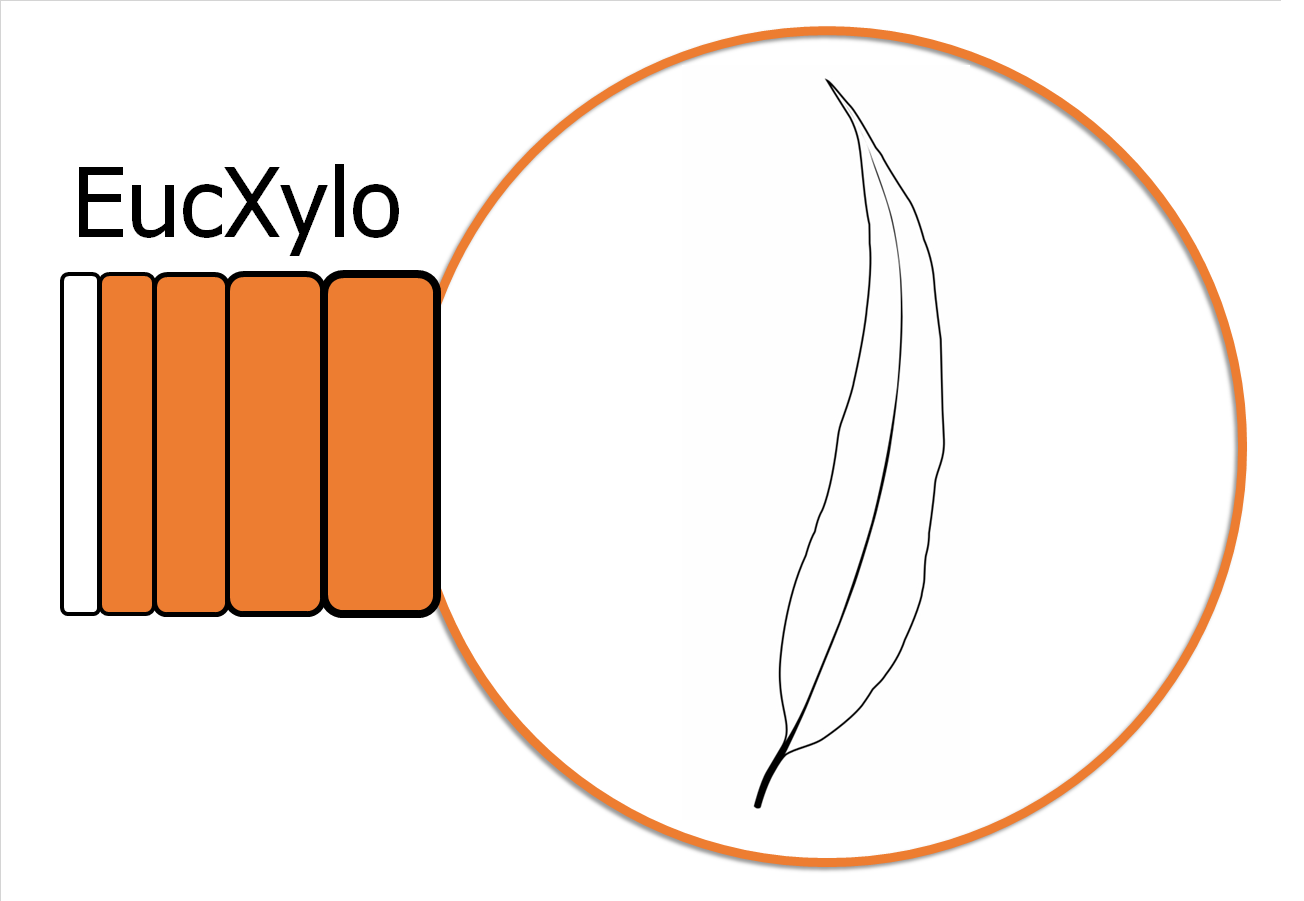
The Hans Merensky Chair in Advanced Modelling of Eucalypt Wood Formation
Understanding xylogenesis in the world's most widely planted hardwood species
[:en]When trees get thirsty[:]
[:en]
Post authored by Ph.D. candidate Alta Saunders
An increase in drought due to climate change can have a significant effect on trees. It is important to understand the strategies used by trees to avoid drought-induced mortality. This has become an interesting topic being investigated within my PhD.
Large amounts of water are lost through the opening of stomata during photosynthesis. If soil water decreases, trees are not able to replenish lost water, creating negative water pressure gradients within the vascular tissue of trees. If the pressure gradients become too extreme, air bubbles (also known as embolisms) can form within the vessels of trees. This breaks the water movement pathway and hydraulic conductance within the tree is reduced.
Trees can control water use to some extent through stomata regulation, but it is difficult for trees to recover lost hydraulic conductance. Trees may deploy different strategies to help mitigate the negative effects of drought by being more resistant to loss of hydraulic conductance, or by restoring the hydraulic pathways via embolism refilling. There is, however, still a debate on whether the latter strategy can be utilized by plants. The mechanism underlying embolism refilling is not fully understood, and it is not clear if different water use strategies are related to a plants ability to restore/refill embolism and restore lost hydraulic conductance.
It has been proposed that the refilling of embolism can take place through the movement of water from neighboring vessels. It is possible that elements surrounding vessels (tracheid cells, parenchyma etc.) act as bridges and allow water to move from one vessel into a neighboring vessel. If this is the case, trees might be able to tolerate losing more water during drought since refilling is possible. Using new and interesting techniques (including MicroCT scanning), we are exploring this idea to try and get to the bottom of this!

By making use of Micro CT imaging we can visualise embolism formation and determine the extent of embolism spread as plants are dehydrated or re-watered. Since the use of Micro CT imaging is non-destructive, plants are kept alive throughout the entire process. This technique, therefore, allows us to capture changes in water content within the same vessels over time. By combining the data generated from Micro CT scans with basic hydraulic measurements, we can begin to understand how trees recover hydraulic conductance.

By understanding how plants recover hydraulic conductance, we can get a better understanding of the impact changes in climate might have on tree productivity. The availability of water is one of the main environmental factors influencing production rates. Drought events are expected to increase due to climate change. How plants respond to drought, will therefore shape how we manage plantations and forests in the future.
[:]